

Physical and Natural Environment
Location and Size
Atwima Mponua District lies between longitude 2o00’W and 2o32’W and latitude 6o32’N and 6o75’N with a land size of 1,883.2km2. It shares boundaries with Amansie West District to South, Ahafo Ano South to the North, Atwima Nwabiagya in the East and Bibiani-Anwhiaso-Bekwai to the West. The location of the District offers it the opportunity to interact with three political regions (Brong Ahafo Region, Western Region and Central Region). Nyinahin, the capital is more in the west of the District, about 45km from Kumasi. Figure 1.5, Figure 1.6 and Figure 1.7 show the Atwima Mponua District in the National Context, Regional Context and the District base map.
Implication for Development
The unique and strategic location of the district offers it access to major markets and facilities in the adjoining districts. However, there is a negative development where most of the youth migrate to adjoining districts and regions in search for better jobs. This has left the agriculture sector which is the mainstay of the district economy in the hands of the old. There is, therefore, an ageing farmer population in the district. This has negative implications for agriculture production as the district is agrarian one and food security in the district and the nation at large.
Figure 1.5: Atwima Mponua District in the National Context
Climate
Like most areas that lie in the wet semi-equatorial forest zone in Ghana, the District is marked by double maxima rainfall seasons. The major rainfall period begins from March to July peaking in May. The average annual rainfall for the major season is about 1,700 millimeters – 1,850 millimeters per year. The minor rainfall period starts in August tapering off in November with an average minor annual rainfall of 1,000 millimeters – 1,250 millimeters per year. However, December to February is usually dry, hot and dusty. The average temperature is about 27oC with variations in mean monthly temperature ranging between 22oC to 30oC throughout the year. However, the recent climatic changes has distorted this pattern of climate in the district, hence the raining seasons are now unpredictable.
Implication for Development
The normal climate condition in the district is ideal for the cultivation of both cash and food crops such as cocoa, coffee, oil palm, maize, cocoyam, yam, plantain, cassava, rice and all kind of vegetables. However, the erratic and unpredictable nature of the rainfall pattern in the district in recent times has adverse implications for the rain fed agriculture been practiced in the district.
Vegetation
The vegetation of the District is primarily the semi-deciduous type. There are also forest reserves and other natural resources which serve as great potentials for development. The forest reserves in the district include the Gyamera Forest Reserve, Asenayo Forest Reserve and Tano-Offin Forest Reserve. There is also the Offin Forest Shelter. However, the menace of illegal chain saw operations in the district is gradually destroying these reserves.
Implication for Development
The flora and fauna is diverse and composed of different species of both economic and ornamental tree species with varying heights and game and wildlife. The effective and appropriate utilization of the natural resource through the support from the forestry commission to ensure rightful use of the economic and financial resources can help spearhead the district’s development at a fast pace.
Biodiversity, Climate Change Green Economy and Environment in General
There is a great need to integrate environmental concerns in planning in the light of competing need of urbanization, agriculture and industrialization and their impact on the environment. Since the mainstay of the District economy is agrarian, there is the need to develop sustainability in the use of agricultural land.
Forest Reserves in the District arefound along the major rivers and streams. The District has four forest reserves stocked by such valuable timber species such as wawa, sapele, esa, asanfena, among others. The total land area of the forest reserves is about 75,323 hectares representing 40 percent of the total land area of the District. The reserves include Asanayo Forest Reserve, Gyemara Forest Reserve, Tano-Offin Forest Reserve and Offin Forest Shelter.
The green economy provides economic potential for timber based value adding industrialization and ornamental purposes. However, the dense forest makes land clearing for indigenous agriculture difficult and expensive. The green economy of the District has been extensively disturbed by human activities depriving the District of valuable tree species and other forest products. There are however on-going programmes to replant and green some of the degraded lands.
Even though the District abounds in natural forest resources, the rate of reforestation has not matched up with the rate of exploitation. The situation has been compounded by bush-fires, firewood extraction, lumbering and District wide mining. Efforts have to be made to intensify re-afforestation and encourage good agricultural practices.
Lumbering activities by large timber firms in the District have impacted negatively on the environment. The effects of human activities on the environment include:
• Depletion of economic trees as a result of rapid lumbering and inadequate re-afforestation programs.
• Deterioration of the already poor condition of feeder roads in the District as a result of excessive pressure exerted on the roads by the heavy timber trucks that ply these roads.
• Destruction of crops through the indiscriminate felling of trees and careless carting or haulage of timber through farmlands.
• Indiscriminate bush-burning has led to destruction of forest reserves in the District thus affecting the eco-system and green economy. As a result of the abuse of environmental resources in the District, some settlements are experiencing environmental degradation. A significant portion of the land, forest, wildlife and water resources are seriously threatened by this degradation.
To contain the situation and restore the District ecological balance, there is the need to expand and intensify the on-going conservation activities. Environmental conversation bye-laws of the Assembly must be enforced without fear or favour to the letter to help reduce the pressure on the environment, climate change and green economy.
Table 1.7: Environment, Climate Change and Green Economy Situation in the District
Environment, Climate Change and Green Economy Issues / Problems/ Gaps | Environment, Climate Change and Green Economy Analysis | Environment, Climate Change and Green Economy (Activities/Projects) |
|
|
|
Source: DPCU-AMDA, 2017 | ||
Natural Resource Utilization and Challenges
The mineral resources in the district are gold and bauxite. The gold is found in many communities in the district. The bauxite is located in Nyinahin, the district capital. Whilst the gold is mined and exported through small scale mining activities, the bauxite is under prospecting. The forest reserves in the district are made up of wawa, sapele, esa and asafena.
However, the effective utilization of these resources are challenged by limited technical knowledge for effective and efficient resource utilization. The lack of effective enforcement of the bye laws has also led to encroachment of some of the forest reserves in the district and rampant environmental pollution.
For effective use of the resources, there should be measures such as the adoption of modern technology, governmental support and enactment and enforcement of the bye-laws to ensure effective and sustainable utilization of the mineral resources (gold and bauxite) available in the district. Again, bye-laws for the protection of the various forest reserves need to be strengthened to deal with encroachment of these reserves in the District. Table 1.9 & 1.10 presents the available natural resources, utilization technology and challenges respectively.
Table 1.9:Natural resource utilization and technology
Natural Resource | Type | Resource utilization | Available technologies for extracting the existing resources | Technologies that can be used for extracting the existing resource | Technologies that are available to enhance the utilization of these resources | necessary technologies for utilization |
Mineral Resources | Gold and bauxite | Gold (tapped) Bauxite (prospecting) | Small scale mining | Use of modernized equipment | None | The use of modern equipment |
Land | - | Use for farming and building | Traditional farming methods | Mechanized farming methods | - | - |
Forest | Reserve made up of wawa, sapele, esa and asafena | Conservation of fauna and flora | - | - | - | - |
Table 1.10:Natural resource utilization, measures, challenges and benefits
Natural Resource | Type | Measures put in place to ensure the effective utilization of these resources | Measures put in place to ensure sustainability of the natural resources | Challenges for utilization of the natural resources in the district | Benefits are derived from the resource |
Resources | Gold and bauxite | Modern mining technology and equipment (surface mining) | Bye-laws (protection from illegal mining) and governmental support | Limited technical knowledge for effective and efficient resource utilization, illegal mining and lack of stakeholders’ commitment | Expansion of Assembly’s revenue base for development Job creation Income source for households |
Land | - | Encouragement of best farming practice | Reclamation of mined pits | Mining activities are affecting and destructing lands for farming | For agriculture For building |
Forest | Reserve | Establishment of forest protection committees and promotion of tree planting | Bye laws | Frequent bush fires | For conservation purposes Forest products |
Source: DPCU–AMDA, 2016
Forest Products
The forest reserves in the District are along the major rivers and streams. The District has four major forest reserves stocked by such valuable timber species as wawa, sapele, esa, asafena and among others. The total land area covered by the forest reserves is about 75,323.0 hectares representing 40 percent of the total land area of the District. However, this size is been negatively affected by the activities of illegal chainsaw operators and frequent fire outbreaks.The reserves include Asanayo Forest Reserves, Gyemara Forest Reserves, Tano-Offin Forest Reserves and Offin Forest Shelter.
Development Implication
The green economy provides economic potential for timber based value adding industrialization and ornamental purposes. However, the dense forest makes land clearing for indigenous agriculture difficult and expensive. The green economy of the District has been extensively disturbed by human activities depriving the District of valuable tree species and other forest products. There are however on-going programmes to replant and green some of the degraded lands.
Deforestation in the District
Even though the District abounds in natural forest resources, the rate of reforestation has not matched up with the rate of exploitation. The situation has been compounded by bush-fires, firewood extraction, lumbering and District wide mining. Efforts have to be made to intensify re-afforestation and encourage good agricultural practices.
Lumbering activities by large timber firms in the District have impacted negatively on the environment. The effects of human activities on the environment include:
Depletion of economic trees as a result of rapid lumbering and inadequate re-afforestation programs.
Deterioration of the already poor condition of feeder roads in the District as a result of excessive pressure exerted on the roads by the heavy timber trucks that ply these roads.
Destruction of crops through the indiscriminate felling of trees and careless carting or haulage of timber through farmlands.
Indiscriminate bush-burning has led to destruction of forest reserves in the District thus affecting the eco-system and green economy. As a result of the abuse of environmental resources in the District, some settlements are experiencing environmental degradation. A significant portion of the land, forest, wildlife and water resources are seriously threatened by this degradation.
To contain the situation and restore the District ecological balance, there is the need to expand and intensify the on-going conservation activities. Environmental conversation bye-laws of the Assembly must be enforced without fear or favour to the letter to help reduce the pressure on the environment, climate change and green economy.
Date Created : 11/23/2017 5:33:02 AM




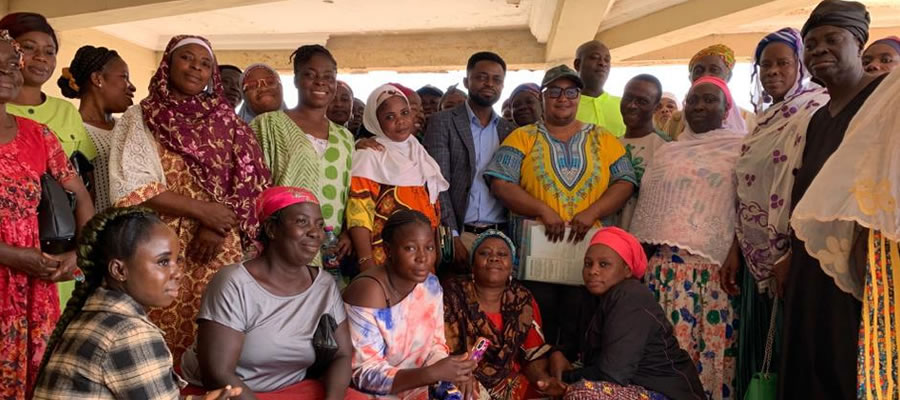
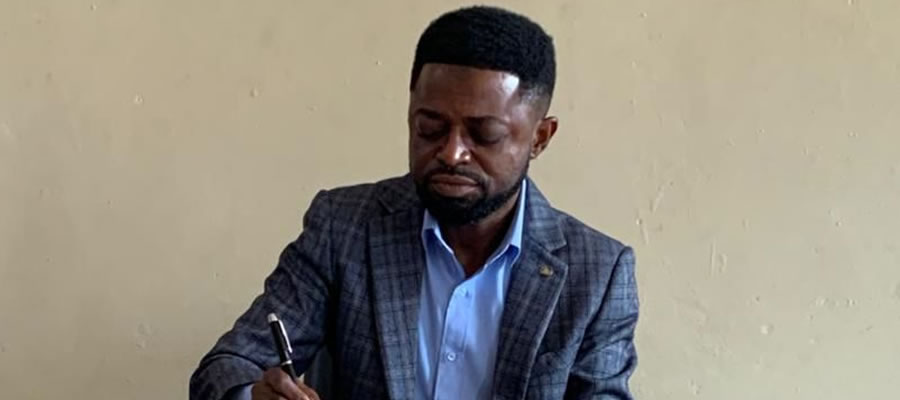
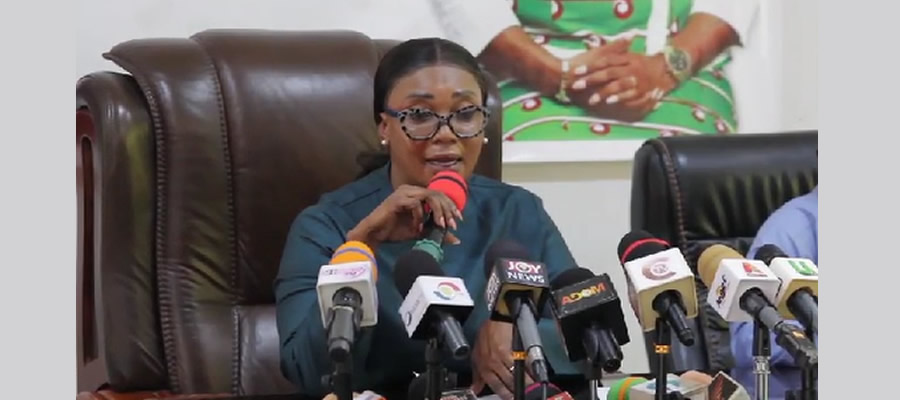
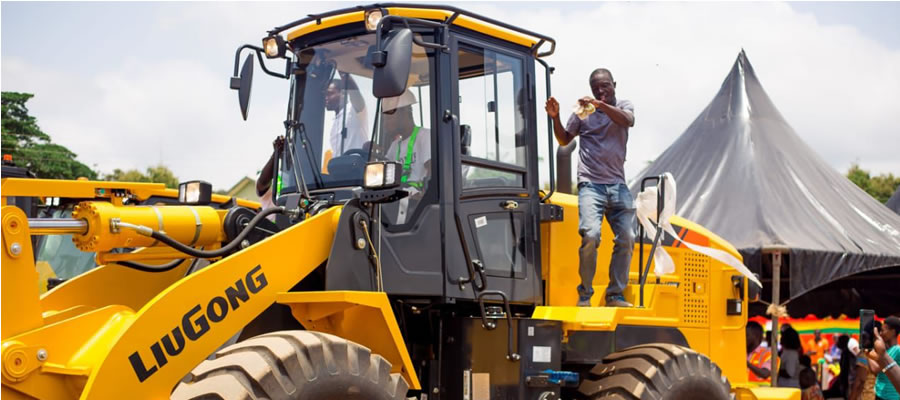

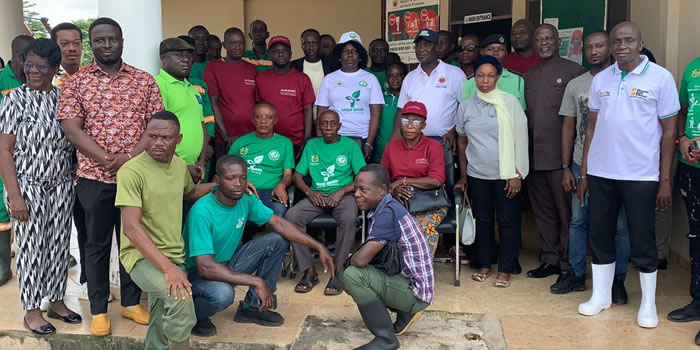



 facebook
facebook
 twitter
twitter
 Youtube
Youtube
 +233 593 831 280
+233 593 831 280 0800 430 430
0800 430 430 GPS: GE-231-4383
GPS: GE-231-4383 info@ghanadistricts.com
info@ghanadistricts.com Box GP1044, Accra, Ghana
Box GP1044, Accra, Ghana